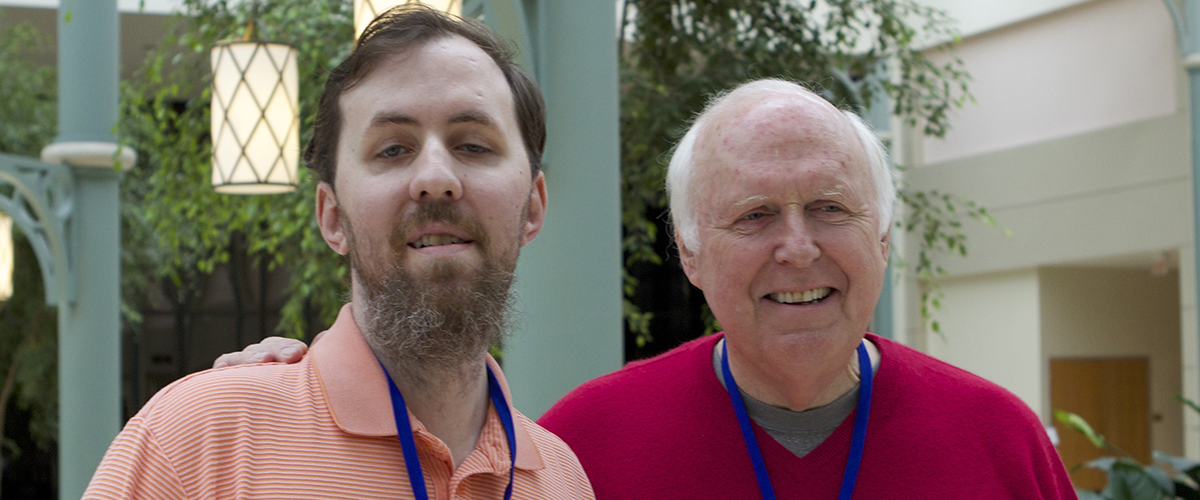Speech disorders (dysarthria) in CDM and childhood-onset DM1 have long been recognized and surveillance by speech and language therapists is an important aspect of patient care. Facial weakness and myotonia, and involvement of oral cavity, palatopharyngeal and respiratory muscles, are known to contribute to speech impairment.
The Three Major Contributors to Speech Disorders
In a recent review of speech disorders in DM1 (Lopes Cardos and Baptista, 2017), three major contributors to speech disorders were identified—myotonia as a hindrance to the initiation of speech, muscle weakness leading to reductions of lip force, and atrophy of tongue muscles. The authors note that few studies have evaluated the effectiveness of various speech therapies. There is no consensus on whether oral muscle exercises can improve lip strength. Other reports have shown that warming up reduced myotonia and led to increased speech rate and decreased variability in speech, but there were some concerns that this strategy could increase fatigue and thereby be counterproductive. Finally, increasing lip strength through exercising with an oral screen has been reported to increase lip force, but had no apparent effect on lip articulation. The authors concluded that strategies of warming up facial muscles and lip exercises can help, but used alone are insufficient to correct speech disorders in DM1 and therefore speech therapy is advised.
In this context, a new study has characterized the characteristics of speech in 50 subjects with CDM and childhood-onset DM1 (Sjőgreen et al., 2018). All subjects with CDM showed impairments of the intelligibility of their speech and nearly 80% of those with childhood DM1 were similarly impaired. The authors further characterized key speech components, identifying deficits in producing sounds: (1) that require coordinated function of both lips (bilabial consonants), (2) that require placing the tip of the tongue between the teeth (interdental consonants), and (3) that are due to increased airflow through the nose during speech (hypernasal speech). They also established a correlation between maximum lip force (as an indicator of how oral and facial muscles are affected in DM patients) and the intelligibility of speech. Some patients employed a variety of compensatory strategies to improve speech, including placing their tongue between their lips or biting the lower lip, to produce appropriate speech sounds—in some these strategies were very effective, but still did not reduce poor intelligibility in others.
The Connection Between DM and Speech Disorders
The researchers conclude that most children with CDM or childhood-onset DM1 will need speech therapy starting at a young age and that the most those with the severe manifestations will require training in alternative means of communication. Taken together, they show that weakness of oral and facial muscles is the primary cause of disordered speech in congenital and early-onset DM1. These findings suggest that therapies under development to improve muscle function in DM may also have positive effects on speech disorders. Finally, the research team reaffirmed conclusions of prior studies in that this patient group will require speech therapy from an early age.
References:
Myotonic dystrophy type 1 (DM1) and speech problems.
Lopes Cardoso I, Baptista H.
JSM Communication Dis. 1(1): 1003.
https://www.jscimedcentral.com/CommunicationDisorders/communicationdiso…
Speech characteristics in the congenital and childhood-onset forms of myotonic dystrophy type 1.
Sjögreen L, Mårtensson Å, Ekström AB.
Int J Lang Commun Disord. 2018 Jan 12. doi: 10.1111/1460-6984.12370. [Epub ahead of print]

